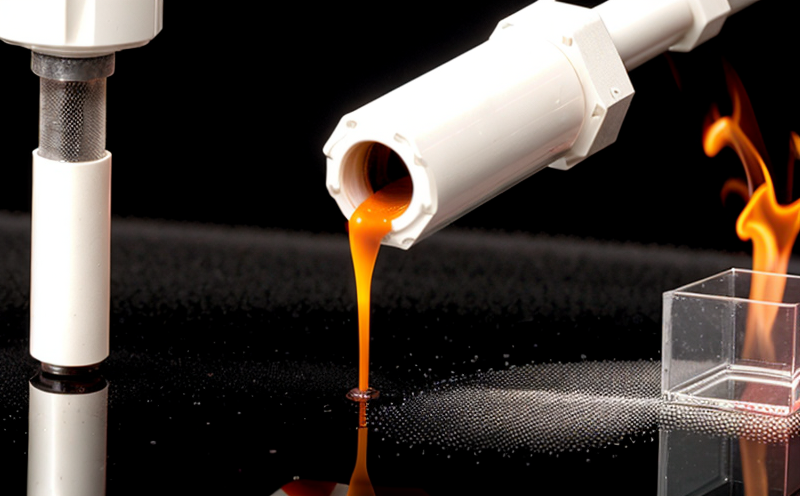ISO 23155 Pore Structure Stability of Nanostructured Ceramics
The ISO 23155 standard is a critical tool in the nanotechnology sector, specifically for assessing the stability and degradation of nanostructured ceramics. This service focuses on evaluating how pore structures within these materials behave under various environmental conditions over time. Understanding this behavior is essential for ensuring long-term performance and reliability across diverse applications such as aerospace, electronics, and biomedical devices.
The process involves a series of rigorous tests designed to simulate real-world exposure scenarios. The stability of the pore structure is paramount in determining the durability and functionality of nanostructured ceramics. These materials are often used where high precision and minimal deformation are required, making the assessment of their structural integrity under stress a critical component of quality assurance.
The testing procedure begins with precise sample preparation, ensuring that each specimen represents the intended properties of the material. This includes controlled grinding to achieve uniform particle size distribution followed by sintering at specific temperatures and pressures. The samples are then subjected to accelerated aging processes mimicking environmental stresses like temperature changes, humidity exposure, and mechanical loading.
The stability assessment involves both physical and chemical analyses. Physical tests measure dimensional changes and structural shifts using advanced scanning electron microscopy (SEM) techniques. Chemical analysis ensures that the composition remains stable by monitoring any leaching or diffusion of elements from the nanostructure. Additionally, dynamic light scattering is employed to assess colloidal stability within the material.
Instrumentation plays a crucial role in these tests, with high-resolution SEM providing detailed images of pore structures before and after exposure. Other key equipment includes differential scanning calorimetry (DSC) for thermal analysis and Fourier transform infrared spectroscopy (FTIR) for molecular structure evaluation.
| Applied Standards |
|---|
| ISO 23155: Nanomaterials Testing - Pore Structure Stability of Nanostructured Ceramics |
The standard outlines clear acceptance criteria that must be met for pore structure stability to be considered satisfactory. Compliance with these criteria ensures that the nanostructured ceramics meet industry standards and are suitable for their intended applications.
- Q: What materials are best suited for this type of testing?
- Nanostructured ceramics, particularly those used in high-precision components like those found in aerospace or medical devices.
- Q: How long does the testing process typically take?
- The duration can vary depending on the specific environmental conditions and sample characteristics. Typically, it ranges from several weeks to months.
This comprehensive approach ensures that nanostructured ceramics are robust enough to withstand the demands of their applications while maintaining optimal performance over extended periods.
Applied Standards
| Applied Standards |
|---|
| ISO 23155: Nanomaterials Testing - Pore Structure Stability of Nanostructured Ceramics |
The ISO 23155 standard provides a robust framework for evaluating the stability and degradation of nanostructured ceramics. This includes detailed protocols for sample preparation, testing procedures, and evaluation criteria. By adhering to these standards, we ensure that our testing aligns with international best practices.
Scope and Methodology
The scope encompasses the assessment of pore structure stability under various simulated environmental conditions. This includes temperature cycling, humidity exposure, and mechanical loading tests. The methodology involves several steps:
- Q: What are the key steps in the testing process?
- Sample preparation, accelerated aging, physical and chemical analysis, and final evaluation.
For each step, precise controls are implemented to ensure accurate results. Sample preparation ensures uniformity across all specimens tested, while accelerated aging simulates real-world conditions over extended periods. Physical tests use advanced microscopy techniques to observe structural changes, whereas chemical analyses confirm compositional stability.
The testing process is meticulously documented throughout, providing detailed records of every stage of the evaluation. This comprehensive approach guarantees that any deviations from expected behavior are captured and analyzed thoroughly.





